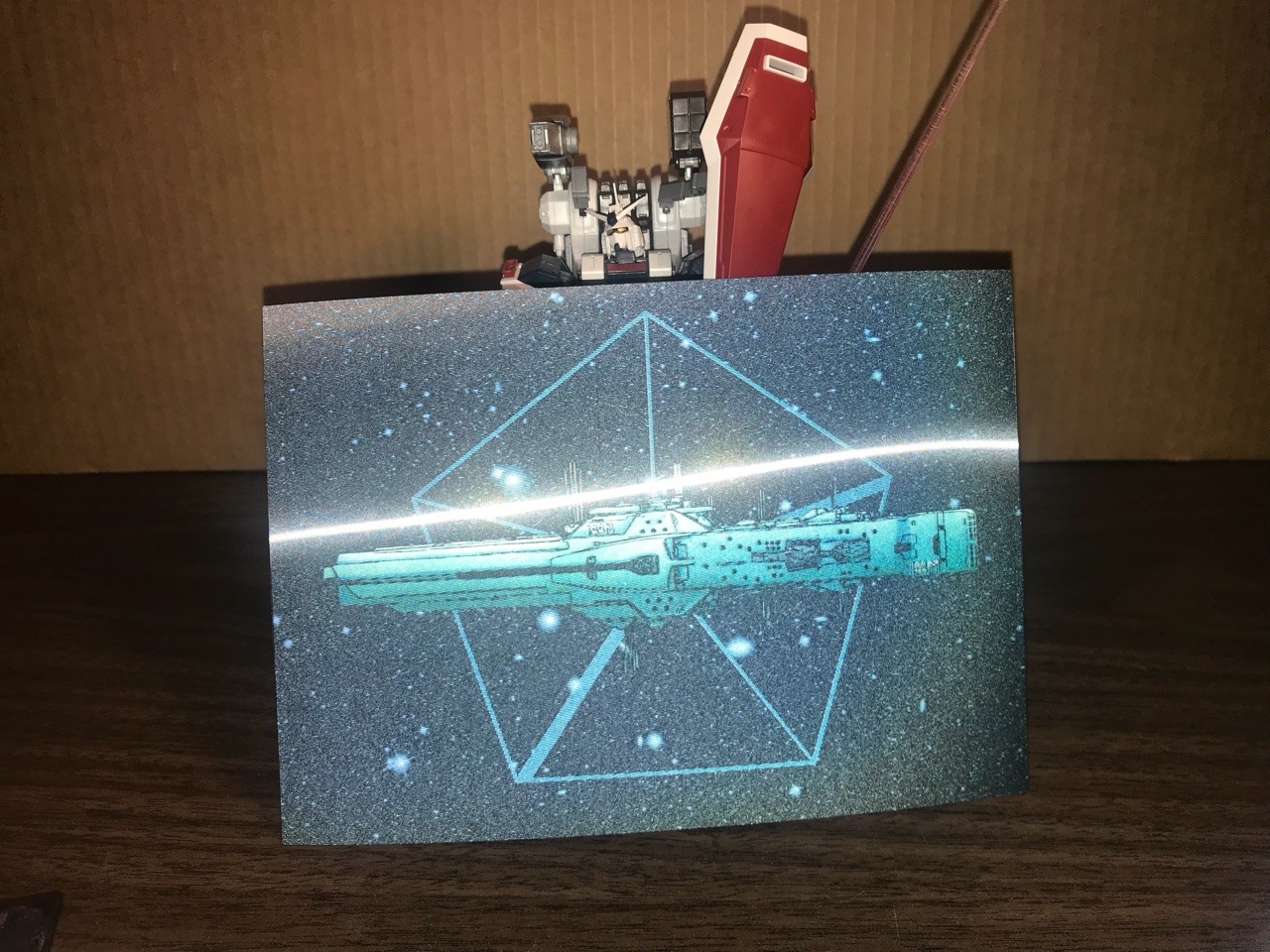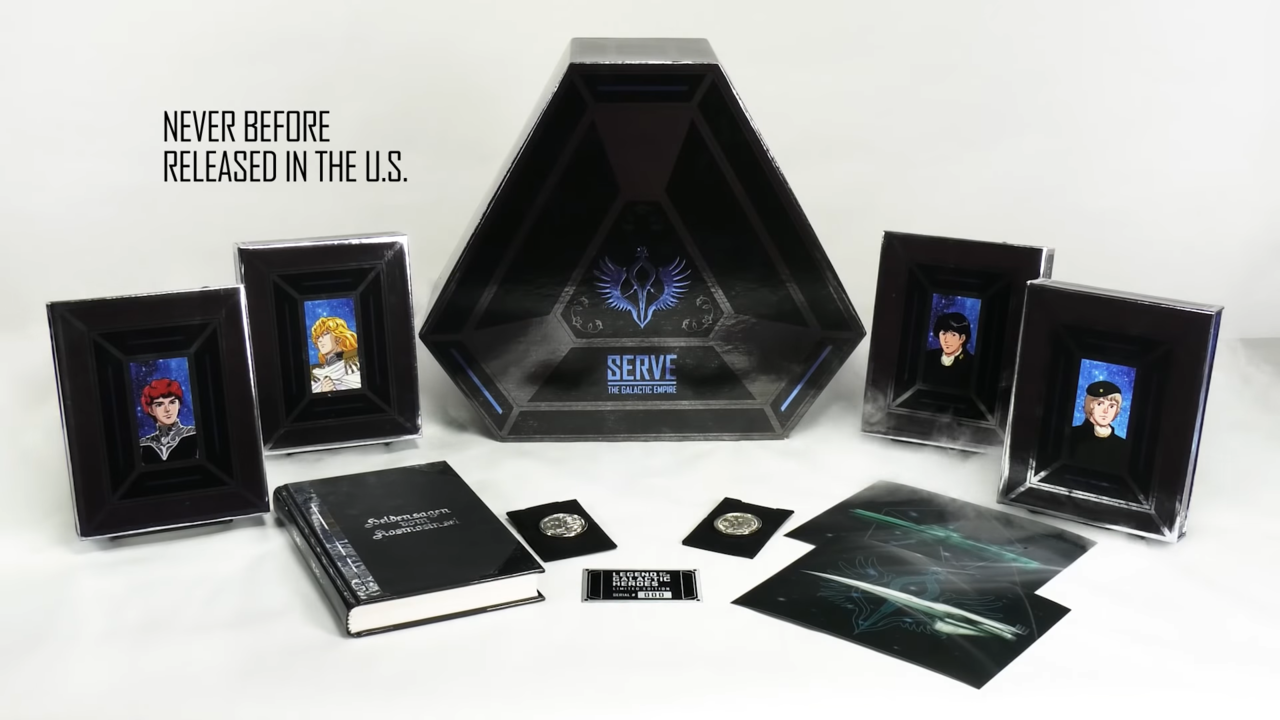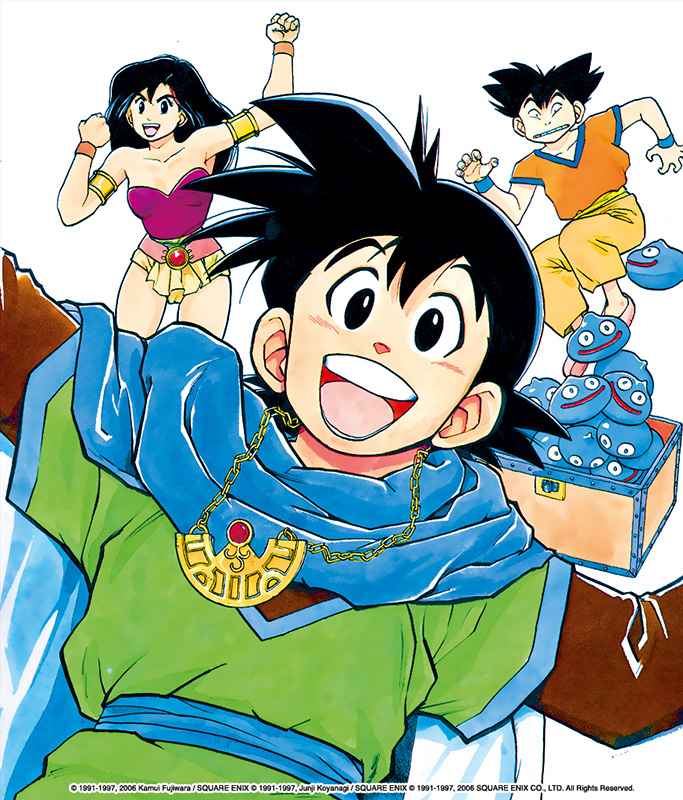Legend of the Galactic Heroes (aka Ginga Eiyuu Densetsu) is one of “THOSE” animes. You know the type--those super famous, super long, classics that can never catch a break in English speaking territories. The kind of content that only dedicated fans can bring out illicitly because
no company can afford the license thanks to its pedigree, nor would any company be willing to try because none have the cojones to touch a 150+ episode series that’s 30+ years old. So Sentai Filmworks’ acquisition of LotGH in 2015 was a pretty big surprise. Sentai releasing older series isn’t really too out of character for them--I mean they’re no discotek, but their Casshan release was great, and back-in-the-day as ADV
Films they regularly did classics such as Gatchaman and Aura Battler Dunbine. But even knowing that this was still unbelievable, a legendarily unobtainable series can soon be obtained--but at a price the Monkey Paw demanded.
The 3 long years of radio silence was bad enough, but when news finally came in 2018 that’s when it really hit the fan. Legend of the Galactic Heroes would only be getting the royal
treatment; a luxurious limited edition set that would cost $800 (plus shipping and handling). There will be no standard edition, there will be no cheaper DVD versions coming later, and there will be no other prints made. Only 1000 sets are being sold, so only 1000 people will be able to obtain the legendarily
unobtainable. Those are some tough breaks. No real sane person would honestly buy this, only the most desperate super fan would sink so low--so naturally I bought one. ba-dum-tss
Why would I do such a thing, you may ask. Well, part of the reason is I’m one of “THOSE” people. You know the ones--the dastardly type that has bought some Aniplex of America releases (not a lot of them though!) and *gasp* may even import the occasional blu-ray from Japan. Jokes aside though, I quite enjoy my hobbies, so I don’t mind spending on them. A
lot of my Gundam collection is in fact overpriced Japanese BDs that I really cherish for the gorgeous cover artwork that the US releases never get. I always felt like I’m willing to pay a premium price if the product
I am paying for is premium--but to be fair, that’s just me, other people may call the whole thing a scam. I know a lot of people hate limited high price releases, and honestly, I can’t stand that only a chosen
few can ever own LotGH now. If not for the fact that I had recently obtained my tax rebate before this pre-order window I would have easily missed the chance to become one of those chosen (this is the other reason why I ended up buying it).
 Honestly while this set should be a major showpiece of my collection I felt a lot of remorse over it in the coming months; as this was easily one of my most conflicted purchases I have ever
made in my life. This blu-ray box set has haunted me. After all, this is probably the most money I spent on something that wasn’t a car or an electronic like a new television. $800 is a lot; depending on where you live,
you could probably pay a month’s worth of rent with this kind of dough. Even someone like me felt pretty pressured over paying this much for a hobby. Then there’s Sentai botching the first shipments royally. The
set I’m showing here is actually my second one--the original set arrived damaged and I had to send it back. Regularly I’m not too picky about these things but goddamn for the price I paid it needs to be as close
to perfect as possible.
Honestly while this set should be a major showpiece of my collection I felt a lot of remorse over it in the coming months; as this was easily one of my most conflicted purchases I have ever
made in my life. This blu-ray box set has haunted me. After all, this is probably the most money I spent on something that wasn’t a car or an electronic like a new television. $800 is a lot; depending on where you live,
you could probably pay a month’s worth of rent with this kind of dough. Even someone like me felt pretty pressured over paying this much for a hobby. Then there’s Sentai botching the first shipments royally. The
set I’m showing here is actually my second one--the original set arrived damaged and I had to send it back. Regularly I’m not too picky about these things but goddamn for the price I paid it needs to be as close
to perfect as possible.
From what I could tell, the number plate in my original set came loose during the shipping process and scratched the crap out of everything inside. I saw quite a few others with similar
issues on forums over the following days. What I find hilarious is that when I got my replacement set they GLUED the new number plate in place and no matter how hard you tug it’s not coming out. Looks like they learned
that one the hard way! Sadly I lost my original number thanks to this. I luckily did have the foresight to at least take a photo of it in case something like that happened though; number 131 out of 1000. Now I’m number
626 out of 1000 (gah). C’est la vie, at least my set isn’t broken anymore. If there's anyone out there that returned their set and suddenly became 131: you’re welcome.
So only now am I starting to really feel comfortable with this set and I just recently added it to my collection display. It sat in its shipping box on my desk for weeks as I felt uneasy
about it. I’m starting to finally come to terms with this huge, expensive thing I now own--and let me tell you, if I ever move this is getting a crap load of bubble wrap considering the shipping woes Sentai gave me with
the first set. Over all, this has been one stranger chapters of my collection though.
Please enjoy the following photos I took of this legendarily rare box set.
 |
| Complete set with one of the 4 blu-ray cases laid open. |
 |
| Inside fold-out art for the blu-ray case. |
 |
| Included book. |
 |
| Most of the book is filled up with basic episode recaps. Somewhat disappointing, there's tiny screenshots and almost no art whatsoever in it. Listing all the classic music pieces used in each episode is a very nice touch, however. |
 |
| Commemorative coins of best boys Yang Wen-li and Reinhard von Lohengramm. |
 |
| One of the two 3D lithographs included. Said 3D effect is actually pretty nice under the right kind of lighting. |







